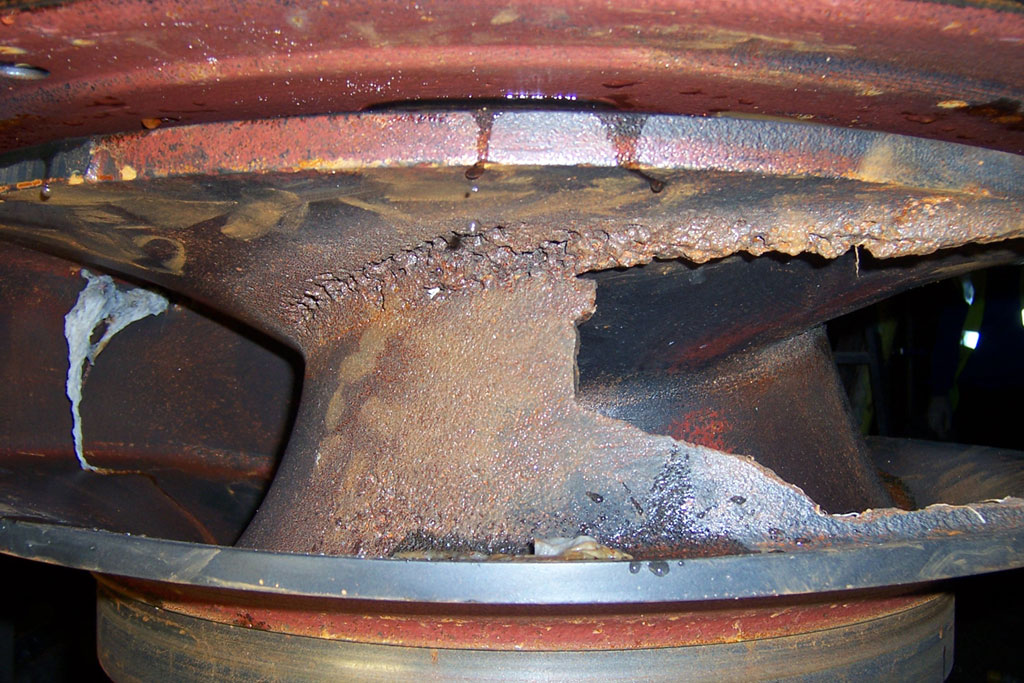5 ways to prevent pump cavitation

Preventing pump cavitation is much simpler and more cost-effective than repairing and replacing your pump. There are steps you can take to ensure the life of your pump isn’t impeded by cavitation.
Follow these five tips and cavitation shouldn’t be an active threat to your pump.
1. Don’t leave rags in the reservoir
This is a basic one, but double-checking you remove every piece of kit you or your technicians use could save you an expensive repair. Rags are the most effective cleaning option for reservoirs and, if they’re left there, the chances of them finding their way into the suction tube are strong.
2. It’s better not to use a suction strainer
The purpose of a suction strainer is to protect dirt and filth from finding their way into the pump. However, the suction strainer can get clogged over time and the levels of cavitation increases gradually. It may take years, but it’s a problem waiting to flare up.
3. Don’t use cheap hydraulic fluid
Price isn’t everything, and utilising inexpensive hydraulic fluid can be a costly mistake in the long term. Standard fluid works well in optimum conditions, but pumps aren’t always operating under those conditions. Starting a machine on a cold day, for instance, may result in thick and cold oil that is harder to pump and thus more open to cavitation. Viscosity is the key: synthetic oils can ensure that even cold starts won’t increase the risk of cavitation in your pump.
4. Pumps should have flooded suction
Flooded suction ensures that gravity and atmospheric pressure forces fluid into the pump. This means that a pump mounted high will be at a greatly reduced risk of cavitation unless the suction line is blocked by debris in the reservoir or similar.
5. Oil should be dry and warm
Hydraulic machines are vulnerable to ice and cold. Hydraulic fluid needs to pass through the pump and ice prevents even the thinnest fluid on the market passing through. Cold oil in machinery can also trigger cavitation, as the pump struggles to catch up with full pressure on a cold start. Heating the oil to its optimum temperature can ensure that fluid is circulating correctly and cavitation shouldn’t occur.
Cavitation will continue to affect pumps until everyone takes the appropriate steps to ensure it doesn’t occur. Prevention is better than the cure, so follow the tips above to get the best from your pump.
